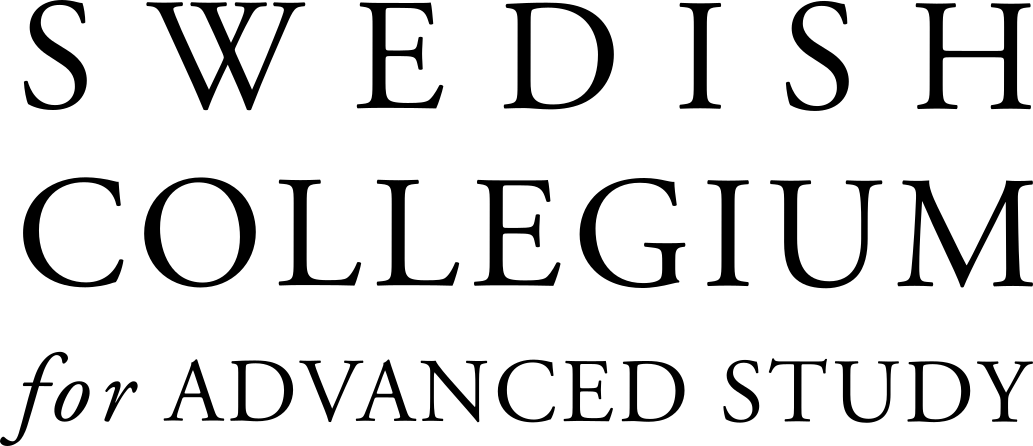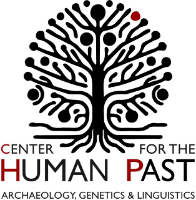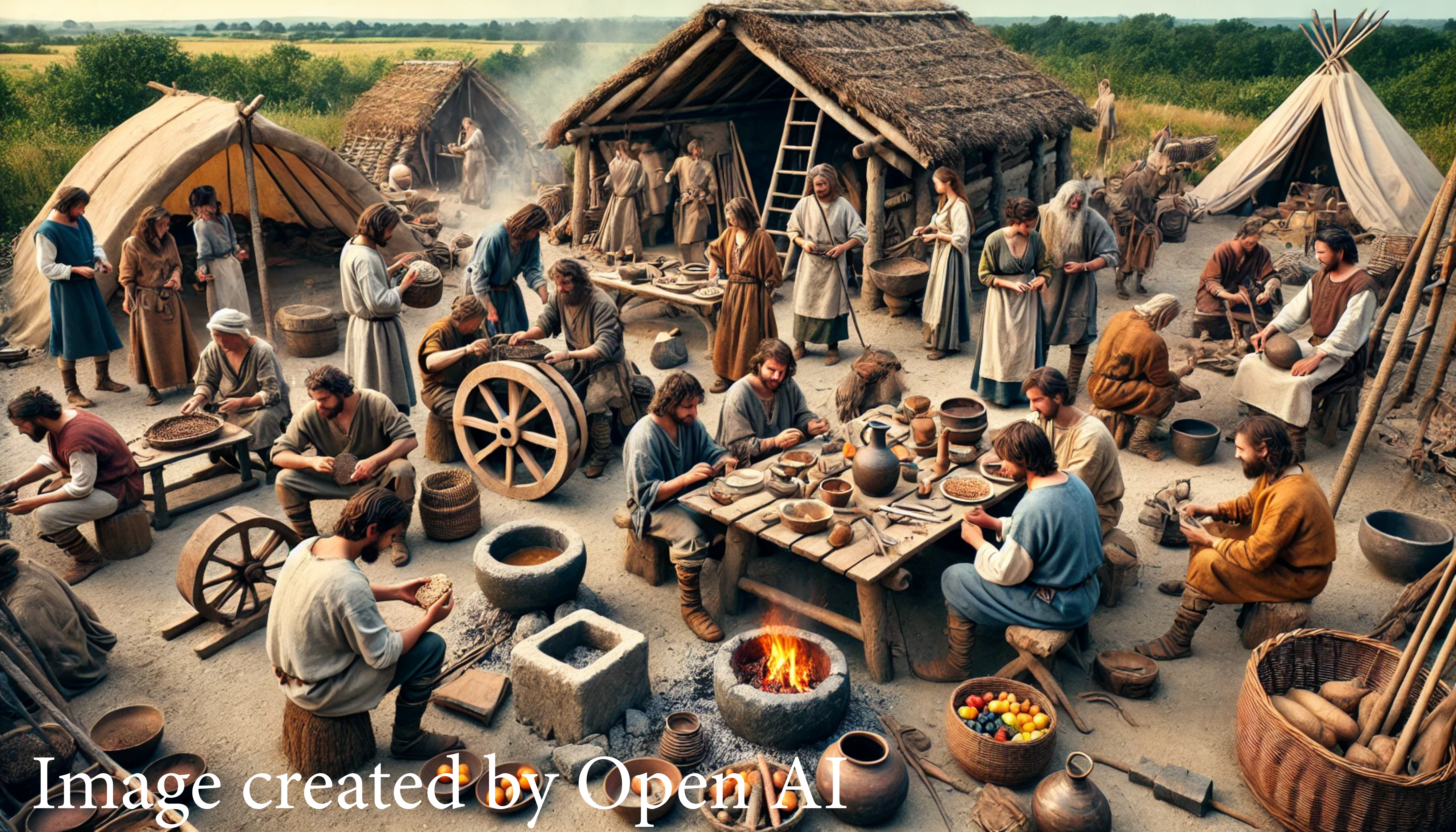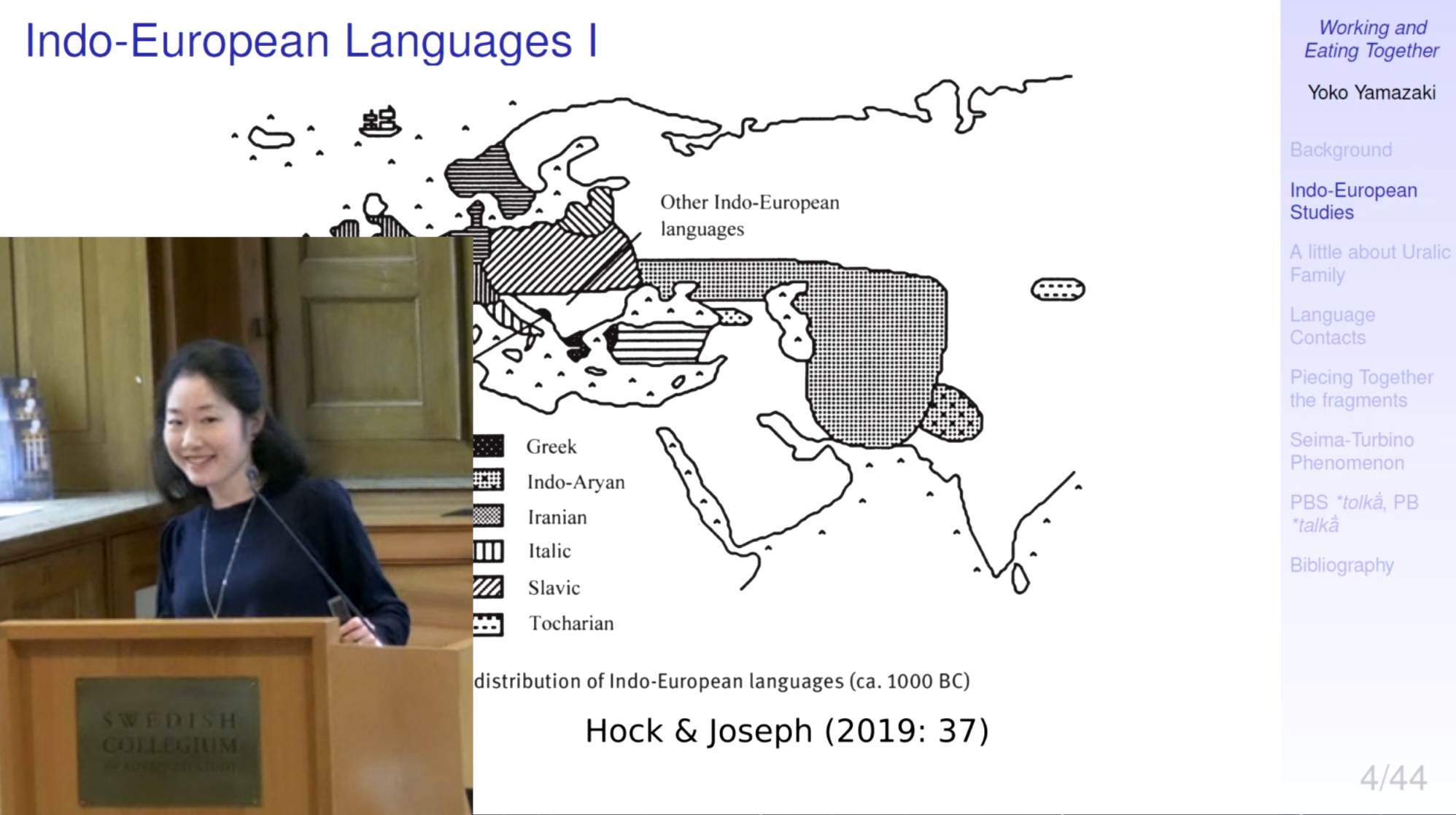Main
Working and Eating Together
— Some aspects of the life of Early Bronze Age peoples in Contacts in Seima-Turbino Transcultural Complex.
(SCAS / Center for the Human Past)
The recent advancements in archaeology and archaeogenomics are elucidating dynamic demographic movements, or migrations, since the 3rd Mill. BCE, involving Indo-European and Uralic speakers in West Eurasia. Particularly in Northern and Eastern Europe, the Indo-European associated culture, Corded Ware Culture, expanded ca. 2800 – 2200 BCE. Subsequently, the metallurgy and trading network called Seima-Turbino Transcultural Complex emerged (ca. 2200/1900 BCE), and rapidly spread in the wide range including Eastern Europe and Fennoscandia. This is associated to the Uralic speakers’ expansion.
Thus, Indo-European and West Uralic speaking peoples probably came into contact as the Seima-Turbino Transcultural Complex grew, engaging in trading and metallurgy labors. This is indicated by Indo-European loanwords in the Uralic languages at various chronological stages. Even the genetic evidence can be integrated in this context, too. It is reported that the admixture of Indo-European ancestries and Siberian ancestry component is found in several individuals from two of the Seima-Turbino burial sites. The Siberian ancestry is strongly associated to the Uralic speakers.
There is a Balto-Slavic word *talkā ‘a community of workers that was treated with a feast after work’, which was loaned in West Uralic. The implication of this loanword may tell us some aspects of their life in contacts, i.e., “eating and working together”. This project explores how this loanword can contribute to piece together the picture of the life of those speakers in contact.
- December 10th, 2024
"Working and Eating Together — Some aspects of the life of Early Bronze Age peoples in Contacts in post-Seima-Turbino-Transcultural-Complex Community", Baltic Seminar, Stockholm University. -
November 27th, 2024
Mini-Seminar "Baltic kinship terms in Finno-Ugric, Indo-European kinship terms and their family structure", w. Axel Palmér, Center for the Human Past. - October 8th, 2024
"Working and Eating Together — Some Aspects of the Life of Early Bronze Age Peoples in Contacts in Seima-Turbino Transcultural Complex", SCAS seminar, Swedish Collegium for Advanced Study.
Abstract:
The Uralic expansion into Fennoscandia and Eastern Europe starting ca. 2000 BCE brought about intensive contacts with the Indo-European speakers in the area. Thus, ca. 200 Balto-Slavic / Baltic loanwords in the Finnic languages (2000–1000BCE or 1st Mill. BCE), 32 in Saamic, and 36 in Mordvinic are found. Particularly interesting type of loanwords would be the kinship loanwords between these language groups.
On one hand, they enable us to formulate several hypotheses as to how the family structure and marriage practice of the donor language are reflected in the recipient language. On the other hand, ancient demographic investigation could test those hypotheses, leading to a more concrete reconstruction of their contact situation.
In this mini seminar, we will present the summary of kinship loanwords between Baltic and Finno-Ugric languages with the Indo-European background of the family structure. We will further discuss the implication of these loanwords in this context.
- "Working and Eating Together — Commensality in the life of Early Bronze Age peoples in Contacts in the post Seima-Turbino Transcultural Complex." To appear in International Journal of Diachronic Linguistics and Linguistic Reconstruction
Copyright © 2012-2025 Yoko Yamazaki



